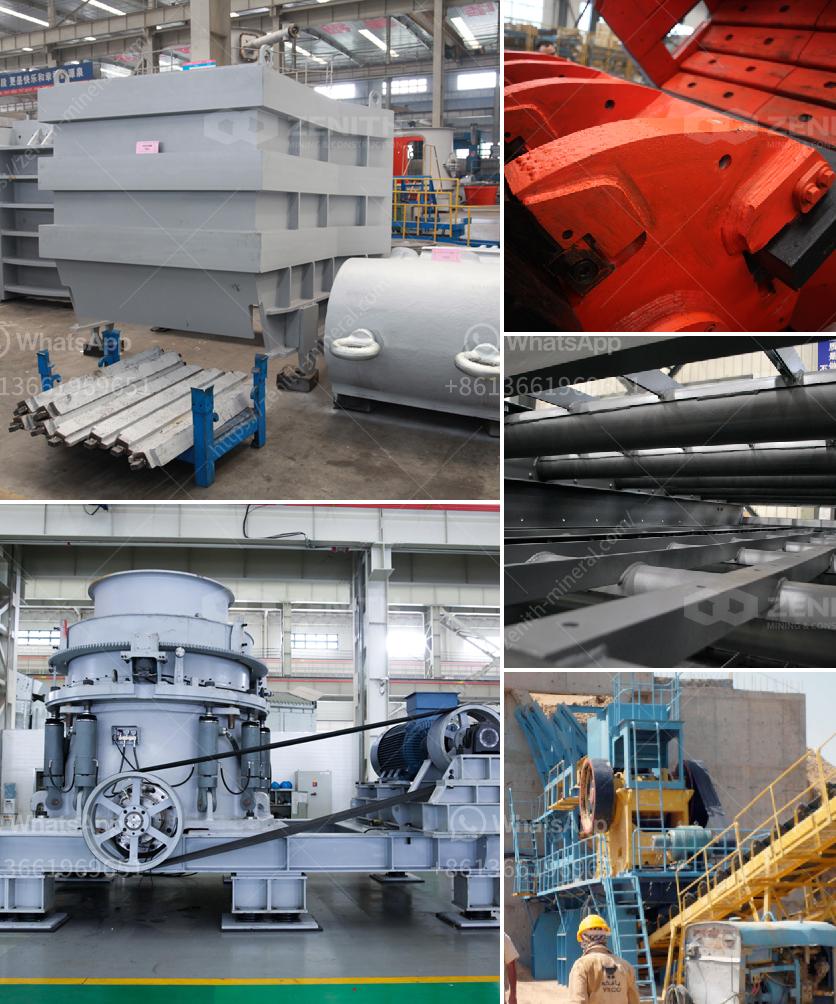Gold mining in Australia involves a variety of equipment depending on the scale of the operation. Here's a breakdown of commonly used equipment:
-
Prospecting Equipment:
- Gold Pans: Basic tool for beginners and hobbyists to separate gold from soil.
- Metal Detectors: Used to locate nuggets close to the surface.
-
Small Scale Mining Equipment:
- Sluice Boxes: Utilized to sieve gold from alluvial deposits by running water through the device which catches heavier gold particles.
- Highbankers: Similar to a sluice box, but equipped with a pump to process more material.
- Drywashers: Suitable for arid conditions, separating gold using air instead of water.
-
Medium to Large Scale Mining Equipment:
- Excavators and Backhoes: For digging and moving large volumes of earth.
- Crushers and Mills: To break down ore to smaller fragments or powder.
- Trommels: Large, rotating cylindrical sieves for separating gold from sediment.
- Wash Plants: Combination of equipment comprising trommels, sluices, and other devices to process and extract gold from material.
- Shaker Tables: Used to further refine concentrated materials to extract fine gold.
-
Industrial Mining Equipment:
- Drilling Rigs: For exploring potential sites and sampling minerals.
- Cyanide Leaching Equipment: For chemical extraction in large mining operations.
- Gravity Separation Equipment: Devices like jigs and centrifugal concentrators.
- Heavy Steam Shovels and Bulldozers: For large-scale earth moving.
-
Support Equipment:
- Water Pumps: Essential for any operation involving washing or sluicing.
- Generators and Compressors: For providing power to remote sites.
- Transport Trucks: For moving ore and equipment.
Safety and environmental management tools are also critical, including protective gear for workers and systems to manage tailings and waste. The scale and specific equipment used can vary widely depending on the type of gold deposit and mining operation.


